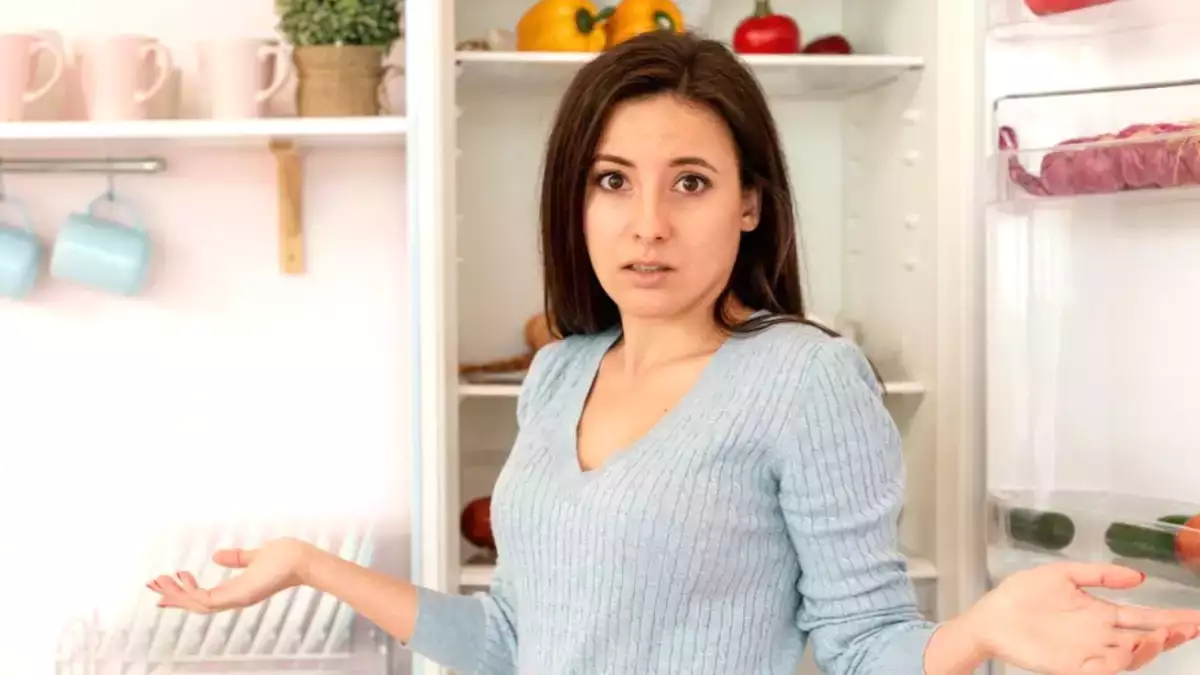Do you keep hot food in the fridge? Beware: the risk to your health (and your fridge) is real!

It seems harmless: you've finished lunch, the pan is still hot and, for convenience or in a hurry, you put it straight in the fridge. But this very common habit could be sabotaging both your health and the shelf life of your food - and even damaging your fridge!
If you've ever done this (and who hasn't?), it's time to understand what really happens when you store hot food in the fridge.
1. Real risk of contamination
It sounds contradictory, but keeping food too hot can increase the risk of bacteria. This is because:
- The heat from the food temporarily raises the internal temperature of the fridge.
- This affects the other foods, which move out of the so-called safe cooling zone (below 41°F/5°C).
- The slightly heated environment encourages dangerous micro-organisms such as Salmonella and Listeria to multiply.
The result: a greater chance of silent food poisoning, which is often mistaken for a common ailment.
2. Condensation and excessive humidity
Hot food releases steam. When you close a hot pot or put a still steaming pan in the fridge, condensation occurs inside the container - and this accumulation of moisture invites mold, mildew and even changes in taste.
You may think you're storing food correctly, but in practice you're accelerating the process of food deterioration and loss of texture.
3. Thermal shock and overloading the appliance
When you put something hot in, the fridge has to work twice as hard to reduce the temperature of that food and keep the rest cold. This can cause
- Wear and tear on the compressor, which pushes harder than necessary
- Increased energy consumption
- A drop in performance over time
In other words, a simple habit can shorten the life of your fridge and weigh down your electricity bill.
4. Change in the taste and quality of the food
Some foods change their taste or texture when they cool down too quickly. Soups, meats, pasta and rice can:
- Lose flavor due to the accelerated evaporation of volatile spices
- Become rubbery or soggy in texture
- Form an unappetizing solid fatty layer
Waiting a few minutes makes all the difference to the quality of what you reheat later.
So what's the right way?
- Allow to cool naturally: around 30 to 60 minutes, depending on the volume of the food.
- Divide into smaller portions: this speeds up cooling and makes it easier to store.
- Use shallow containers without lids for the first few minutes: they help to release heat more efficiently before refrigerating.
- Avoid leaving food out of the fridge for more than 2 hours: after this time, the risk of contamination increases.
Ready to change old habits?
Storing hot food in the fridge seems like a practical shortcut, but it's one of those habits that does more harm than good. With simple precautions - such as letting it cool down a bit first - you can protect your health, preserve the quality of your food and take care of your appliance.
Now that you know, you'll think twice before putting that hot pan straight in the fridge, won't you?
 Mirella Mendonça
Mirella Mendonça
Comments